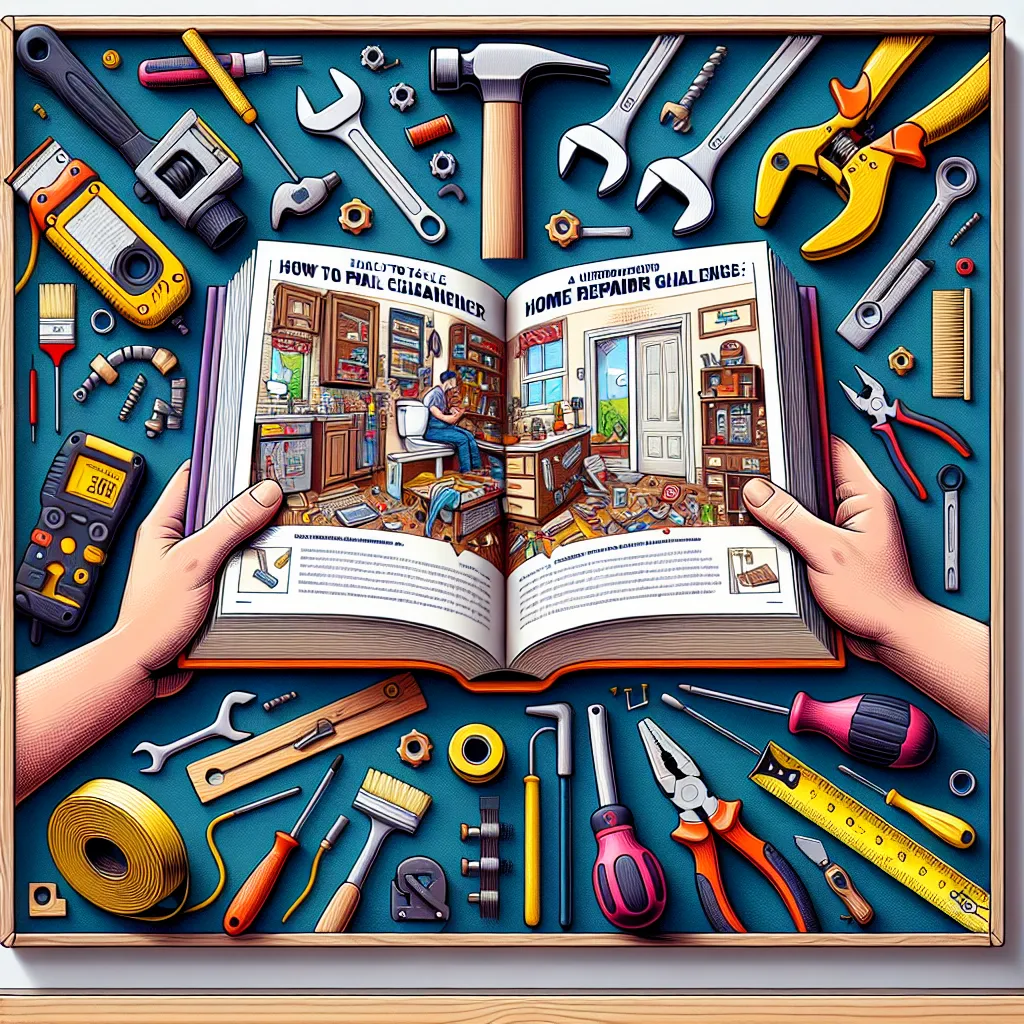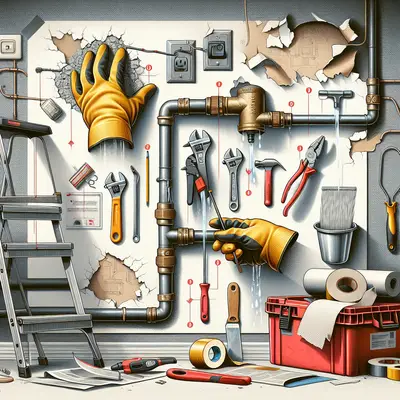Step 1: Identify the Problem
Before you can solve any problem, you need to know what you're dealing with. Is it a leaking pipe, a broken window, or a faulty electrical switch? Once you've identified the issue, research more about it online or consult a home repair manual. Understanding the problem is the first step to finding an effective solution.
Step 2: Gather Your Tools
Once you've identified the problem, it's time to gather the tools you'll need for the repair. These may include a hammer, screwdriver, wrench, pliers, or perhaps more specialized tools. If you don't have a certain tool, consider borrowing from a neighbor or purchasing from a hardware store.
Step 3: Plan Your Repair Strategy
With the right tools in hand, develop a strategy for the repair. Plan out each step, considering any potential obstacles you might encounter and how to overcome them. If the repair is complex, it might be helpful to sketch out a diagram or write down the steps.
Step 4: Execute the Repair
Now that you're fully prepared, it's time to put your plan into action. Take your time and work methodically, double-checking each step as you go. If you encounter difficulties, don't hesitate to pause and reassess your approach. Remember, it's better to take extra time to do it right than to rush and make mistakes.
Step 5: Evaluate and Test Your Work
After completing the repair, take a moment to evaluate your work. Does everything look as it should? If it's something that can be tested (like a tap or a light switch), do so to make sure it's working correctly. If something is not quite right, it's okay to go back and make adjustments.
Conclusion
Tackling unforeseen home repair challenges can seem daunting, but with the right approach, you can handle them with confidence. Remember, the key to successful DIY repairs is understanding the problem, having the right tools, planning your approach, executing the repair carefully, and ensuring the job is done right. Happy fixing!



